You lose cell service in the middle of the day, and twenty minutes later, your bank account is empty. Welcome to SIM swapping—the nightmare scenario that's plagued millions and cost victims over $25 million in 2024 alone. The good news? AT&T just rolled out a feature that could slam the door on these attacks before they start. ZDNet reports that Wireless Account Lock is now live for both postpaid and prepaid customers, joining T-Mobile and Verizon in offering SIM protection tools.
After AT&T's massive 2024 data breach exposed call and text logs for every mobile user, this couldn't come at a better time. Here's what you'll learn: how this new security layer actually works, why it matters for your digital safety, and the five-minute setup that could save you years of financial recovery.
What makes SIM swapping so dangerous?
SIM swapping isn't your typical hack—it's social engineering with devastating consequences. Research shows that scammers convince telecom employees to transfer your phone number to their device, sometimes bribing insiders with up to $3,000. Once they control your number, every SMS-based two-factor authentication code lands in their hands, not yours.
What makes this attack particularly insidious is the cascading failure it creates. Unlike a simple password breach, SIM swapping turns your most trusted security layer—your phone number—into the attacker's skeleton key. They don't just get access to one account; they systematically unlock your digital life, starting with email recovery, then banking, then investment accounts. The FTC documented a significant spike in attacks throughout 2023, with losses jumping over 1,500% in recent years—from $12 million to more than $180 million over a three-year period.
Even Twitter CEO Jack Dorsey fell victim, with hackers using his compromised number to post offensive content on his account. But the headlines focus on crypto millionaires and celebrities while missing the real tragedy: most victims aren't making headlines—they're ordinary people losing "their life's savings or their child's college savings," according to FCC filings.
PRO TIP: The attack often starts weeks before you lose service, with scammers gathering personal information from data breaches, social media, or phishing attempts to make their impersonation more convincing.
How AT&T's Wireless Account Lock actually works
AT&T's new protection creates a digital fortress around the most vulnerable parts of your account. When you enable Wireless Account Lock through the myAT&T app, it blocks several critical actions that fraudsters typically exploit:
- Device upgrades and new activations
- SIM card or eSIM changes
- Phone number changes or transfers
- Billing information modifications
- Adding or removing authorized users
What I find particularly smart about AT&T's implementation is how it integrates with their existing security infrastructure while putting manual control in your hands. The feature works across all device types on your account—smartphones, tablets, smartwatches, hotspots, and laptops. You can quickly unlock your account in the app when you need to make legitimate changes, then re-lock it immediately after.
This represents a significant evolution from AT&T's previous approach. Behind the scenes, AT&T already runs sophisticated risk-scoring on certain postpaid transactions, sending SMS notifications or confirmations when suspicious activity is detected. This new lock feature essentially lets you pre-emptively trigger the highest security level, regardless of the risk score.
After testing the feature on my own AT&T line, I can confirm the unlock process takes about 15 seconds through the app, making legitimate account changes convenient while creating a substantial barrier for attackers who typically rely on speed and social engineering rather than compromised user accounts.
Setting up your digital SIM shield
Getting protected takes about two minutes. You'll need to be the account owner or have primary/secondary access, and the feature works with both postpaid and prepaid accounts:
- Open the myAT&T app and log in
- Navigate to Services
- Select Mobile Security → Wireless Account Lock
- Toggle the lock to "On"
While you're there, enable the Number Lock option too—it adds another security checkpoint specifically for number transfers. Don't forget to set up a wireless security passcode (4-8 characters) if you haven't already, which is different from your regular login password and serves as backup verification for customer service interactions.
PRO TIP: AT&T business customers get the same protection, so talk to your IT team about rolling this out company-wide. It's particularly crucial for executives and employees with financial system access.
The bigger security picture beyond AT&T
AT&T's move puts all three major carriers on similar footing. T-Mobile offers SIM Protection for postpaid and prepaid accounts, while Verizon provides SIM Protection and Number Lock features. In fact, federal law now requires all US carriers to offer these protections for free—a regulatory response driven by the scale of financial losses.
But here's why carrier-level protections, while essential, aren't the complete solution: they only address one attack vector in a complex threat landscape. Even with perfect SIM protection, SMS-based two-factor authentication remains fundamentally vulnerable to interception through network-level attacks, SS7 protocol exploits, and other technical methods. Security experts recommend moving away from SMS-based two-factor authentication entirely in favor of authenticator apps from Microsoft or Google, biometric verification, or hardware security keys.
The threat landscape keeps evolving too. Recent research from Finland's Aalto University identified potential vulnerabilities in eSIM provisioning protocols, though industry groups maintain that existing safeguards make real-world exploitation unlikely due to extensive certification requirements and TLS encryption.
PRO TIP: Think of SIM protection as your first line of defense, not your last. The strongest security strategy layers multiple authentication methods that don't all depend on your phone number.
Why this matters (and what's next)
Here's what I find most encouraging about this industry-wide shift: carriers are finally treating SIM swapping like the existential threat it actually represents. The days when 30 out of 30 social engineering attempts succeeded are behind us, replaced by multi-layered verification systems that make attacks exponentially more difficult.
The timing couldn't be better for AT&T customers specifically. With hackers holding call logs, text records, and approximate location data from the July 2024 breach, the social engineering attempts are becoming surgically precise. Attackers now have the conversational ammunition to sound legitimate when they call customer service—details about your calling patterns, frequent contacts, even your general location history. This Account Lock feature won't stop every attack, but it forces attackers to compromise your personal device and app access rather than just sweet-talking a customer service representative.
Looking ahead, expect the authentication landscape to undergo fundamental changes within the next two years. The FCC is pushing for even stronger carrier requirements, major tech companies are expanding support for hardware security keys, and we're likely to see SMS-based 2FA relegated to backup status for most critical applications. The mobile industry's embrace of features like AT&T's Account Lock marks the beginning, not the end, of this security evolution.
Bottom line: Enable Wireless Account Lock today, set up that security passcode, and start moving your important accounts away from SMS-based 2FA. It's five minutes of setup that could save you years of financial recovery—and frankly, it should be your weekend project, not your someday-maybe task.




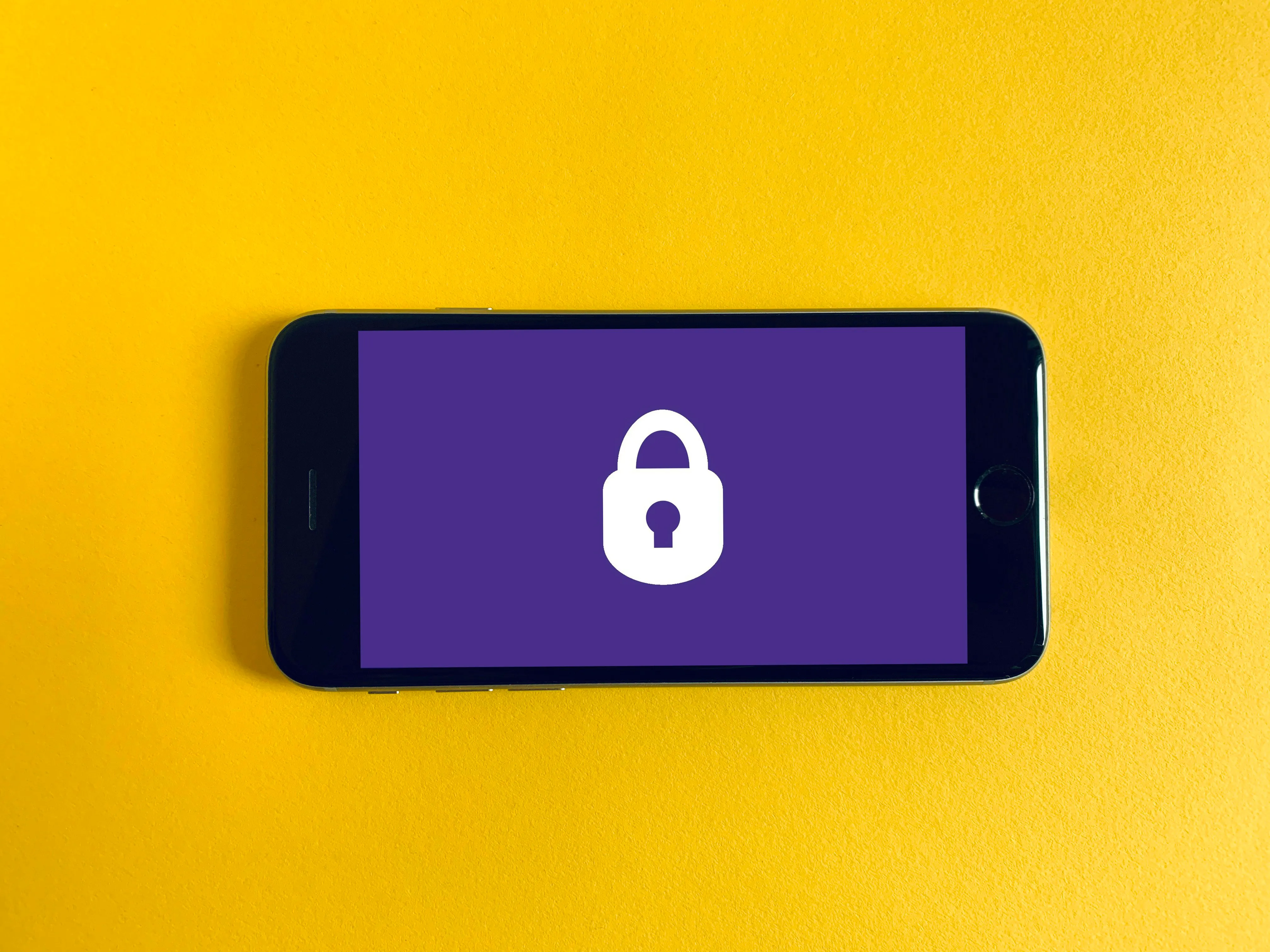


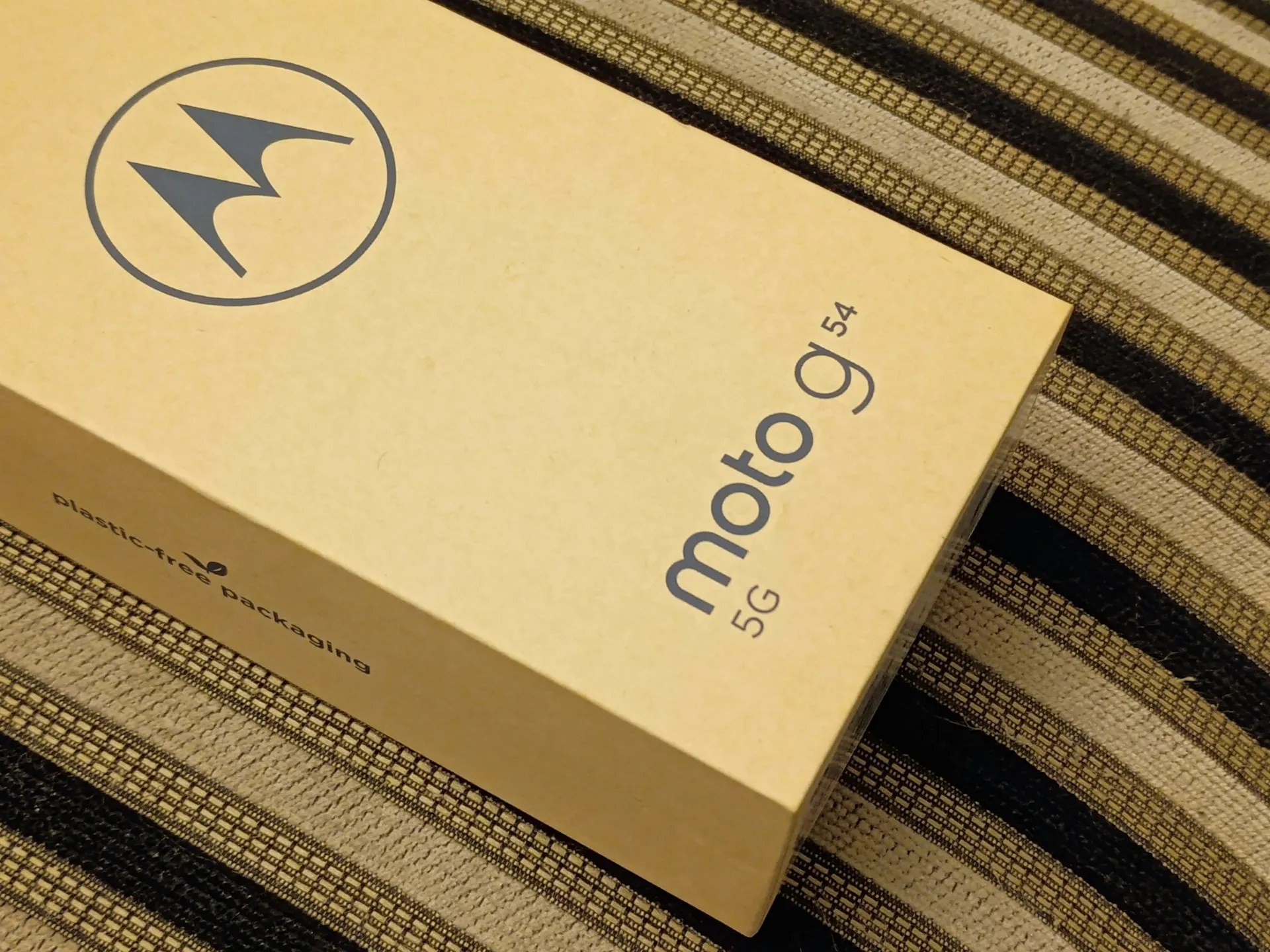

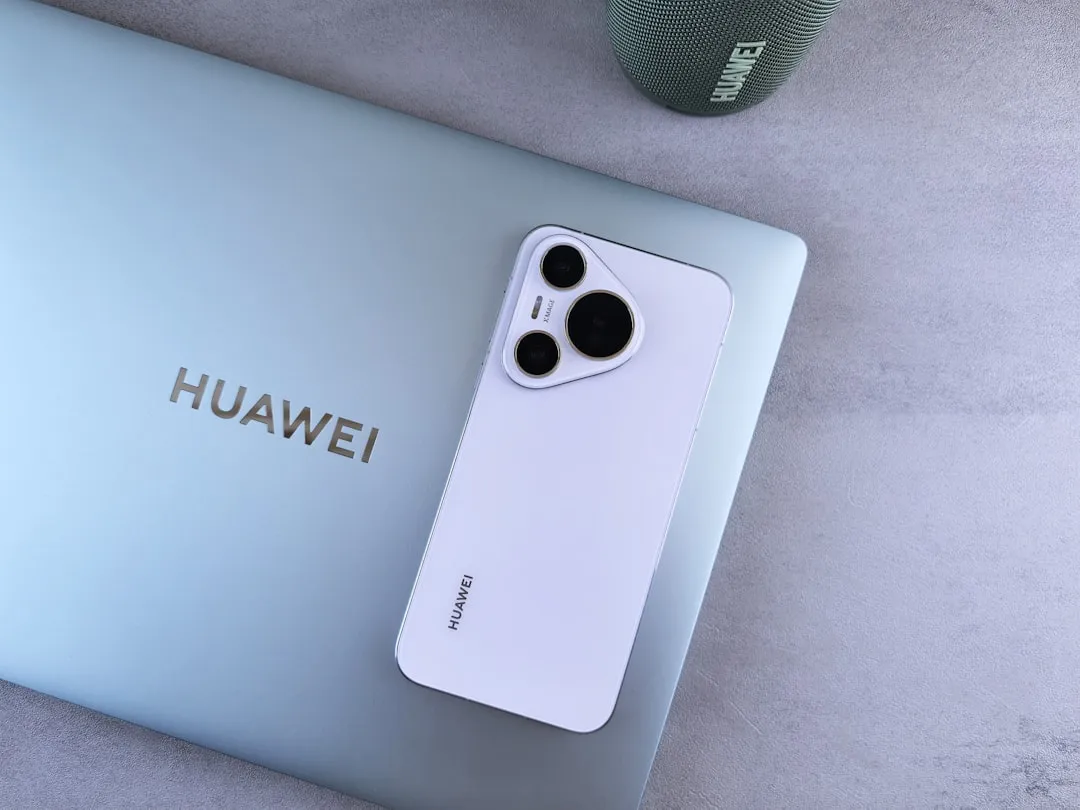

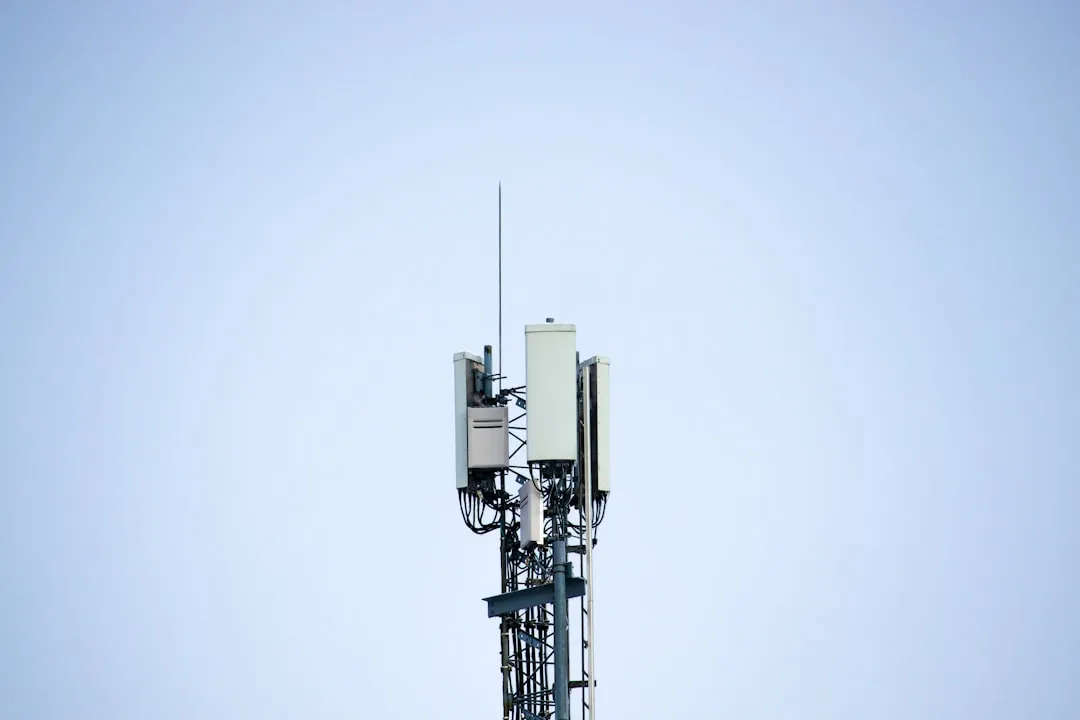


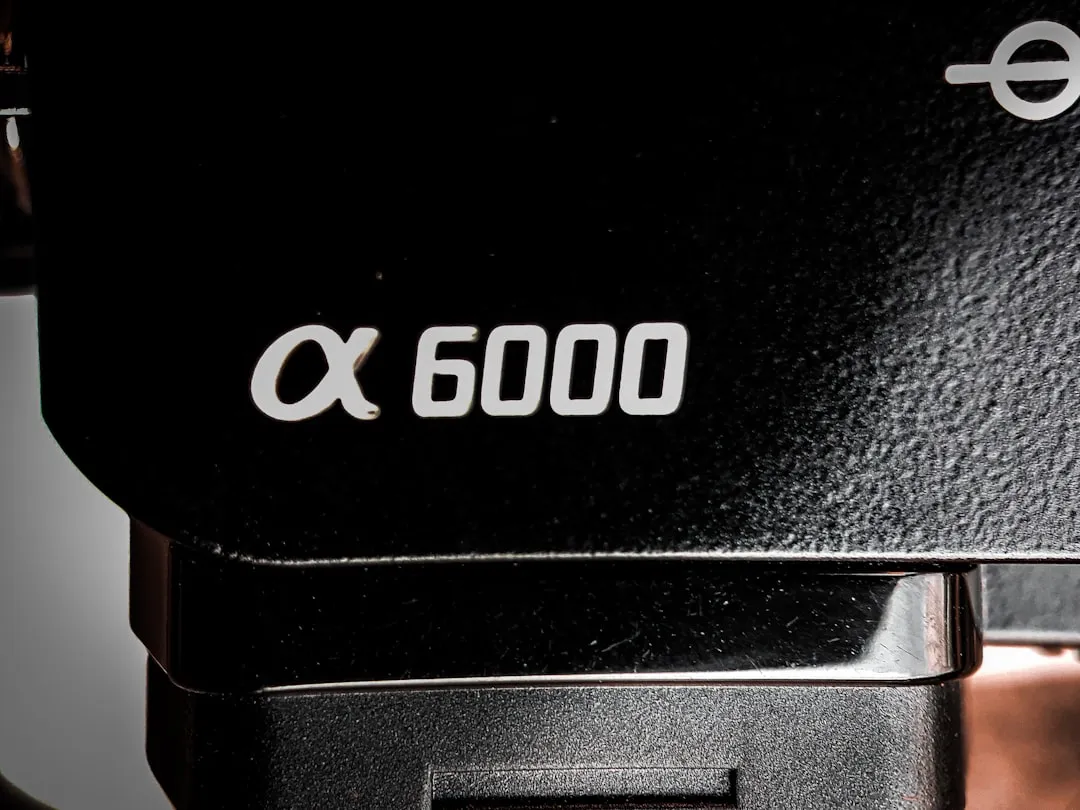


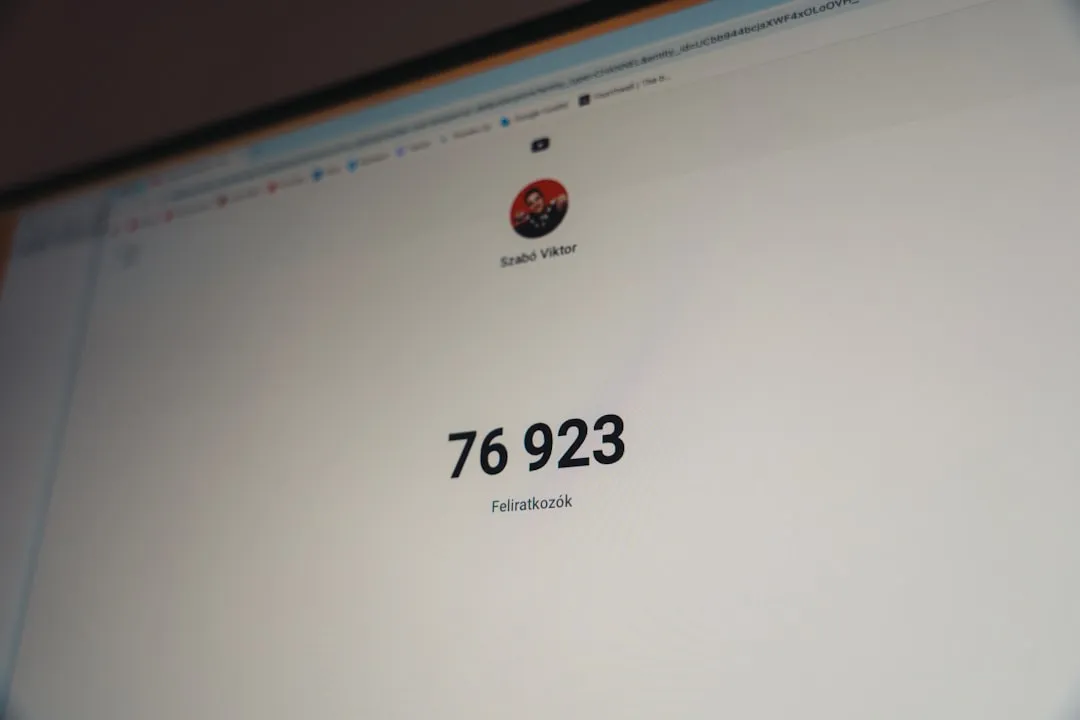

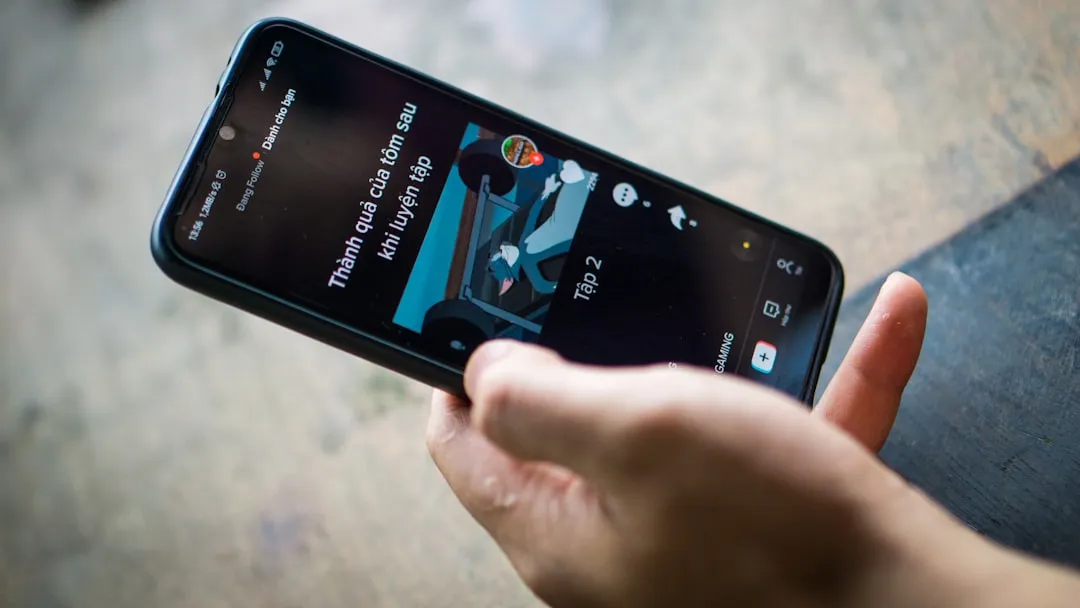


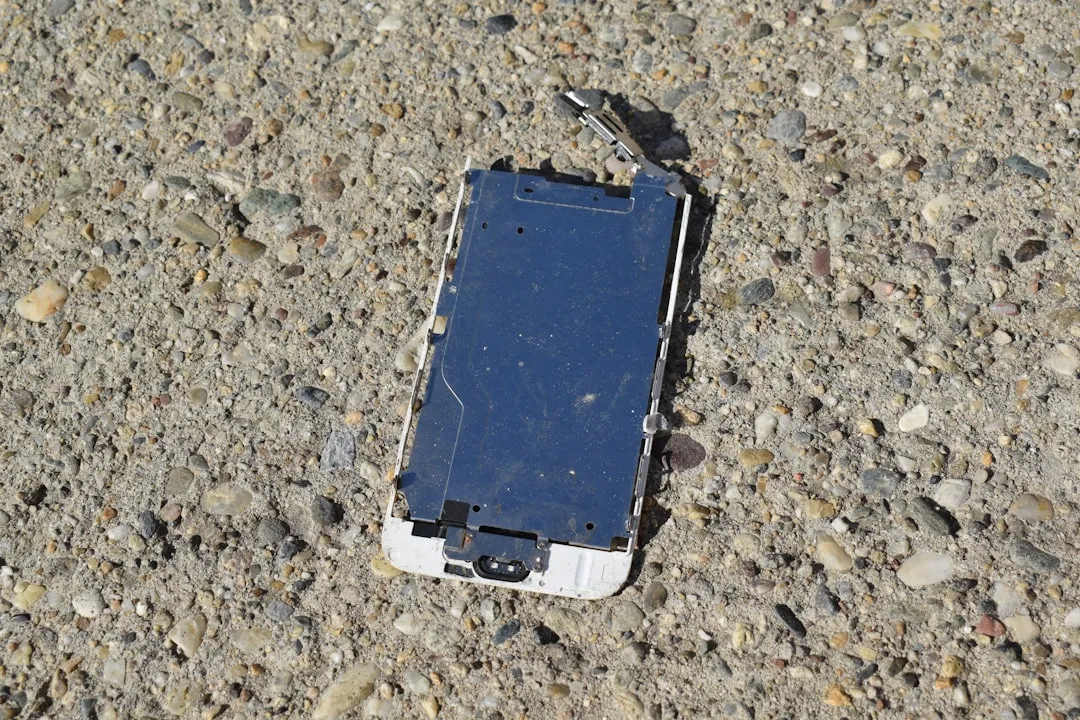


Comments
Be the first, drop a comment!